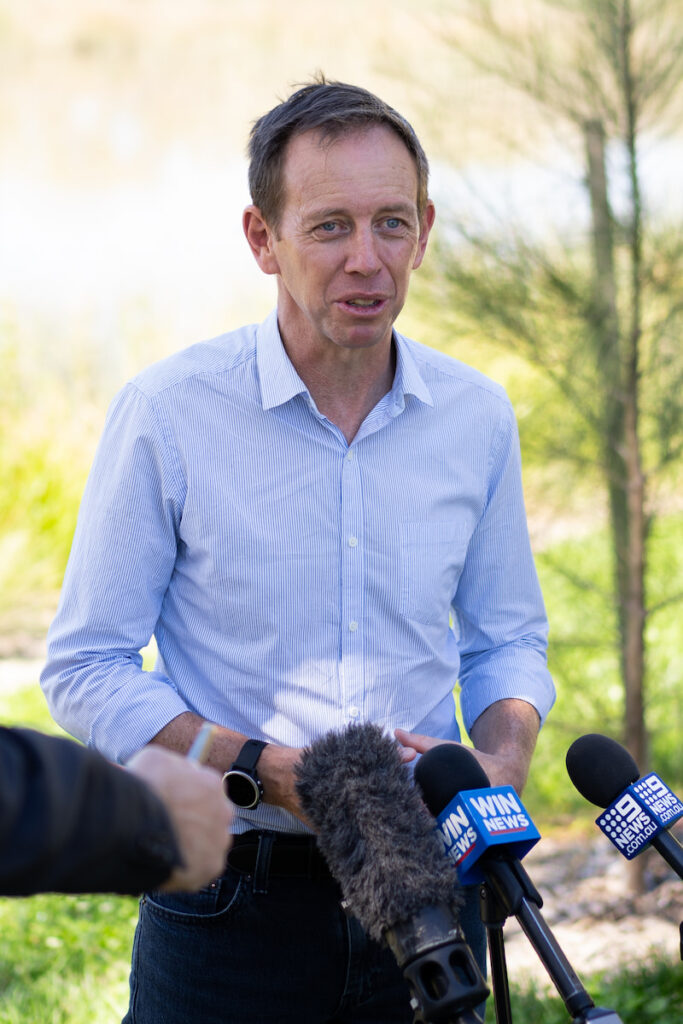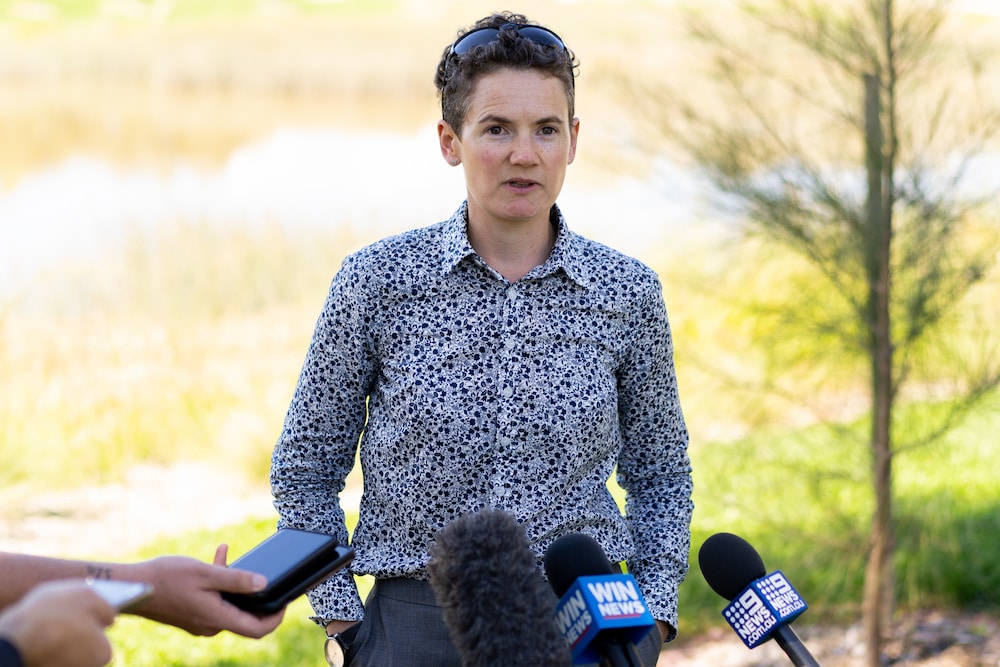An independent investigation into the state of the ACT’s lakes and waterways will be undertaken by the ACT Commissioner for Sustainability and the Environment, Dr Sophie Lewis, it was announced last week.
The announcement comes following a summer of heavy rains and algal outbreaks that have affected many of Canberra’s bodies of water.
Given the last inquiry of this nature took place in 2012, ACT Minister for Water Shane Rattenbury said now was a good time to re-evaluate the effectiveness of the measures introduced in the interim.
Twenty water quality-related assets have been built across the city since that last inquiry, including rain gardens, lakes, and wetlands that have all worked to varying degrees to improve water quality.
“It’s that balance between studying it often enough, but also letting those projects be built and have an impact so that you can see what the difference is,” Mr Rattenbury said.
He said the investigation is timely given that in recent years blue-green algae outbreaks have closed a few lakes across Canberra, particularly Lake Burley Griffin, Lake Tuggeranong and Lake Ginninderra.
“We will always have to manage blue-green algae, we’re never going to make the lakes perfect,” he said.
“But there is a range of things we can do and work with the community to reduce the amount of nutrient going into the lake, which will mean those events happen less frequently.”

Dr Lewis said this report will take a broader scope than the 2012 iteration by looking into Lake Burley Griffin, Lake Tuggeranong and Lake Ginninderra and the waterways around those lakes.
“This is really a chance to step back and look more cumulatively at all the management practices throughout that catchment,” she said.
The new inquiry will be “broad-ranging”, covering both the ecological state of the lakes, their use from a recreational point of view, and the role community plays in maintaining healthy waterways.
It will offer a number of recommendations on how to protect and restore Canberra’s lakes and waterways, and is due to be handed down in early 2022.
Dr Lewis hopes to deliver more information about how to best channel management efforts, and whether algal blooms are more effectively managed with in-lake treatments or by avoiding the nutrients entering the waterways in the first place.
According to Dr Lewis, “the real value” in this work will be seeing how things have progressed since the previous report.
“That includes investigating whether the programs that have been talked about to improve the waterways and the management practices have been doing what they should be doing,” she said.
With a broader scope, it’s expected the new inquiry will look “a bit different” from the last one.
“That was a very technical document and that delivered a lot of information about the state of, particularly, Lake Burley Griffin,” she said.
Minister for the Environment Rebecca Vassarotti said the community can play its part by ensuring household materials that bring nutrients into Canberra’s waterways are disposed of appropriately.
“We have a fairly good idea that leaves and grass clippings are a significant issue bringing nutrients into our waterways,” she said.
“Making sure those materials don’t end up on our roads and swept up into our drains is certainly really important.
“It’s also looking at our driveways and making sure we don’t have a whole lot of run off coming off our hard surfaces as well.”
For more news:



